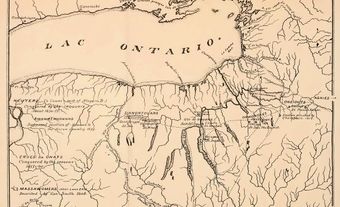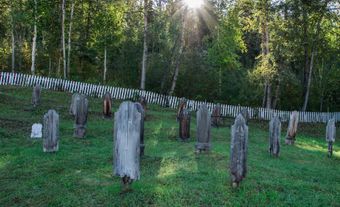Congregational Churches
Congregational churches comprised Protestant groups arising from Puritanism, and organized on the principle that each congregation should be autonomous. Congregations were established among New England settlers in NS from 1751, and later in NB. By 1800, because of the disruptive influence of Henry ALLINE's preaching (as a result of which many congregations became BAPTIST), and because most of the ministers were identified with disloyalty during the American Revolution, only 2 churches survived. During the 19th century, receiving its main support up to 1861 from the British Congregational Union, the denomination's strength was among central Canada's urban middle class.
With its extension into western Canada after 1879, it developed a strong commitment to missionary work, both at home among German and Swedish immigrants and abroad in Angola. In 1925 the Congregational Union of Canada, founded 1906, consisted of 17 churches in NS and NB, 20 in Québec, 50 in Ontario, 24 (including 14 student fields) in western Canada and 26 Russo-Swedish mission churches, with a combined total of 31 012 members. That year the Union voted 118 to 8 to form part of the UNITED CHURCH OF CANADA.

 Share on Facebook
Share on Facebook Share on X
Share on X Share by Email
Share by Email Share on Google Classroom
Share on Google Classroom


